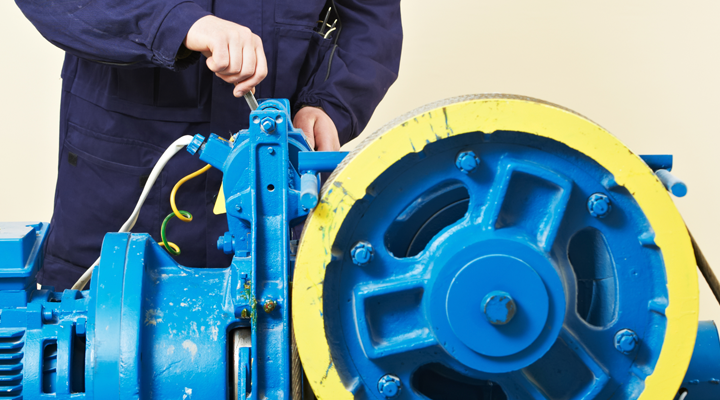Hoists are powerful machines that make jobs easier and production flow faster. They help reduce accidents, and if used correctly, keep your staff from risk of long-term injury. Typically affixed to an overhead crane or other workstation equipment, usage of a proper hoist can generate significant cost savings during production.
Hundreds of hoist brands, types and sizes exist in the world, each best suited for different applications and environments. The most common mistake we see when we’re out on the job is an improper hoist being utilized for a job it’s not the best for.
3 factors you need to consider when conducting procurement research for your facility:
- Environment – The most overlooked factor when purchasing any equipment for material handling is the environment in which the machinery will be used. Indoor and outdoor conditions impact the life expectancy of equipment; if you don’t have machinery that is properly coated for outdoor use, it might lead to premature wear (and additional maintenance costs).
- Application Requirements – What type of workstation does your facility have? What is the height from the loading zone to the hoist? How heavy are your loads? These are questions you should have in mind when searching for the right equipment as it can influence the specifications and cost of the machinery.
- Production Needs – If your facility is a small to medium business, you likely have conventional hours of operation or production, where you may only use the hoist for a limited amount of time. If your production schedule is ongoing without extended down time, you likely need a heavy-duty hoist that can handle prolonged use. Hoists, like most machinery, range from H2 through H4 duty cycle ratings – light use to heavy duty use.
Functionality issues arise when hoists are used improperly for the job they’re performing. Many of our customers have purchased a low tonnage, low duty hoist for light operations and haven’t upgraded their equipment after growth in operations, resulting in avoidable malfunctions and headaches.
When a hoist is forced to lift a heavy load it does not have the capacity for, the motor overcompensates and wears itself out a much quicker rate. This can lead to a malfunction that can cause serious damage to your team, cargo and bottom line.
Do your research and consider the environment, application and production needs when purchasing. If you need guidance throughout your procurement process, reach out to our engineers for guidance.
We provide out of the box solutions and customizable equipment tailored to your needs.

